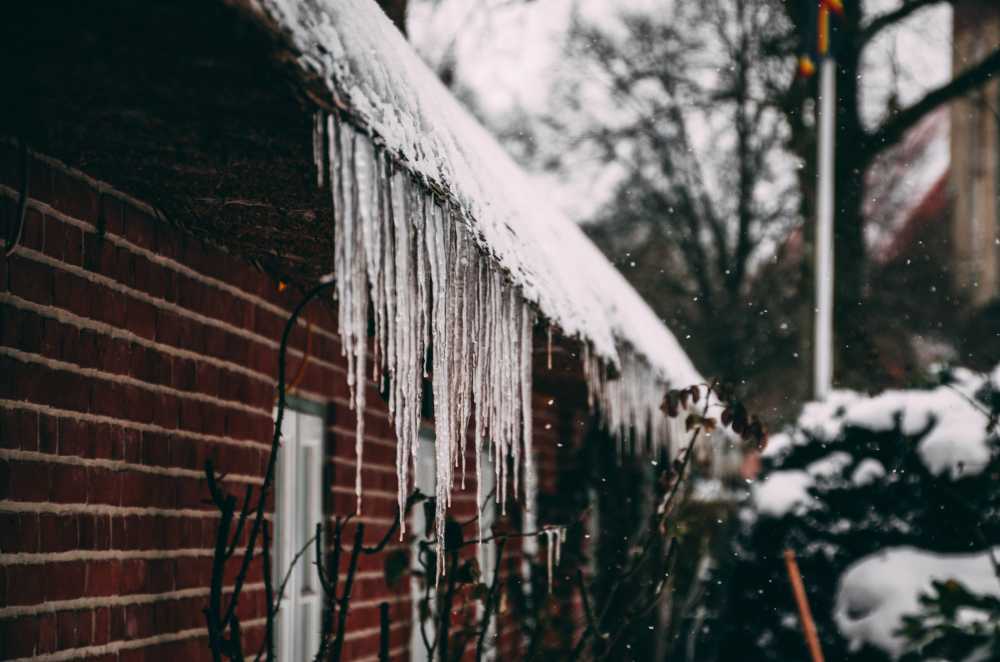Ice dams are common on roofs during the winter. As snow and ice melt and then freeze, water can work its way into your home through shingles on your roof. This can cause slow leaks or even major damage depending on how fast the snow melts. We look at how ice dams cause water damage and what to do about it.
Ways That Ice Dams Cause Water Damage
Ice dams cause water damage by lifting shingles and creating roof leaks. This is most common when the ice thaws and then freezes several times in a very short period.
Since water expands as it freezes, the ice lifts your shingles. Over repeated cycles, water and ice can leak into your roof or cause holes and cracks. Roof leaks are more likely if the shingles are old or already damaged.
As a result, water will enter through your roof and damage the surrounding materials. Although large leaks will cause the most damage, they are also the least likely. In most cases, ice dams cause minor damage over several seasons.
Types of Damage From Ice Dams
- Roof Damage – Roof damage is extremely common with ice dams. The ice can actually push roofing nails out, causing shingles to fall out. It can also crack the shingles, increasing the chances of damage year-round. Over time, the water will cause the roof decking to rot as well.
- Gutter Damage – Icicles hanging from your roof edge will weigh down gutters and block the flow of water. This often causes the ice dam to grow larger from the water that remains in the gutters. Long term, this can rip out gutters and lead to other types of water damage.
- Roof Leaks – This is often the first type of water damage from an ice dam. The water will slowly leak into your attic or crawl space through the roof shingles. While it may not cause extensive damage immediately, it will weaken your roof and lead to more damage in the coming months and years.
- Structural Damage – If the damage continues to occur year over year, the water will weaken the structure of your roof. In some cases, this can result in a roof collapse. More likely, it will allow more water to enter your roof. While this does include during the winter, it also will allow water to enter during rainstorms as well.
- Ceiling Leaks and Damage – Although a ceiling leak can happen at any time, it’s more likely to occur after several seasons of damage. Water from melting snow and ice or even from spring rainstorms will pour through the roof and leak through your ceiling. This can damage your roof, structural beams, the ceiling, and personal items.
Where Ice Dams Form
In most cases, an ice dam forms along the edge of your roof. However, they can technically form anywhere snow and ice build-up on your roof. This not only includes structural parts of your roof but also places where debris creates a barrier.
Places Ice Dams Form
- Chimney Flashing
- Damaged Areas
- Downspouts
- Exhaust Vent
- Gutters
- Plumbing Vent
- Roof Edge
- Static Vent
- Valley Flashing
Need help cleaning up water damage from a roof leak or ice dam? Call 1-888-443-3110 now for a free estimate and fast water damage restoration.





